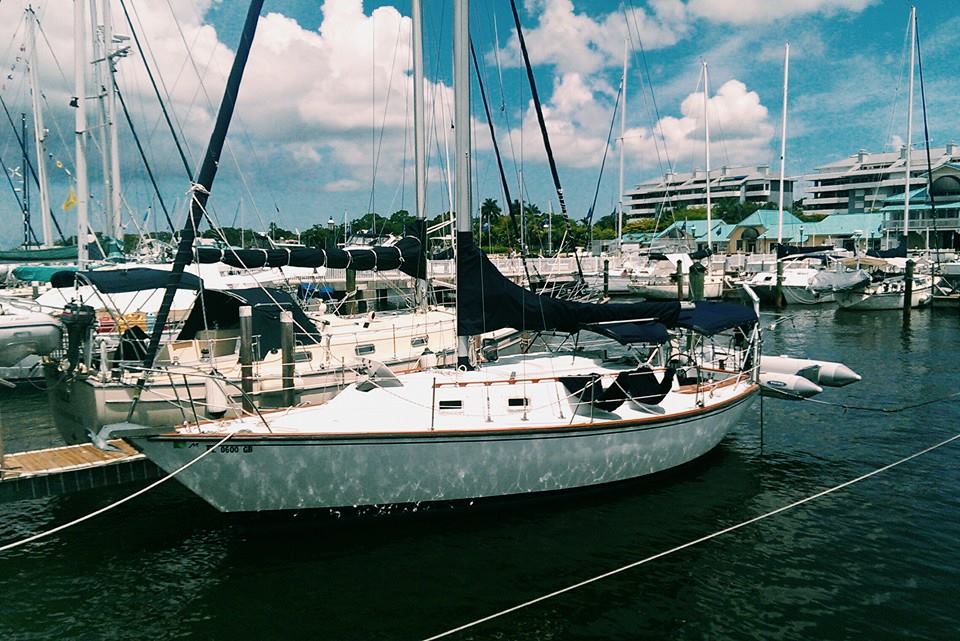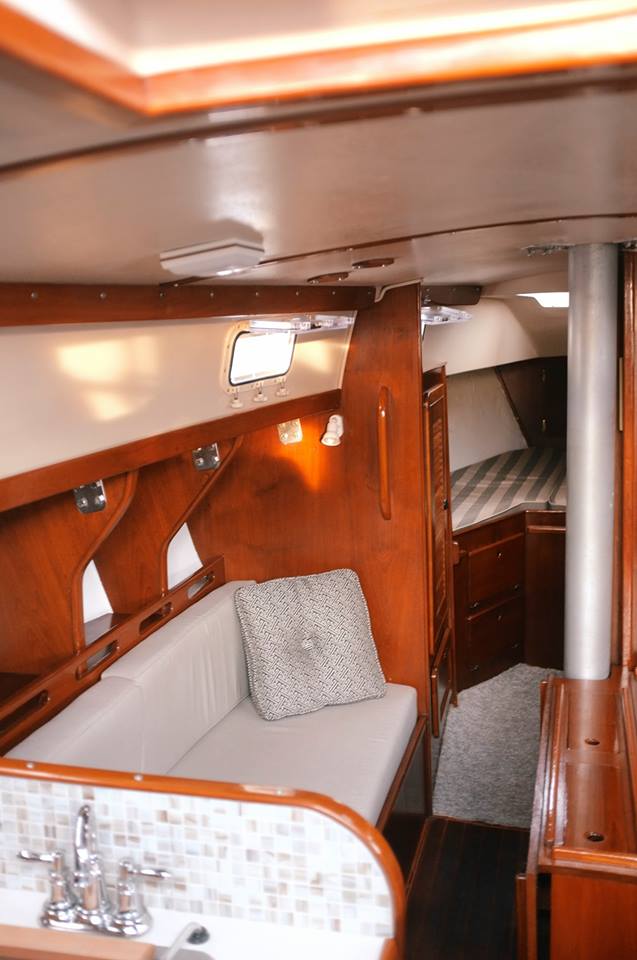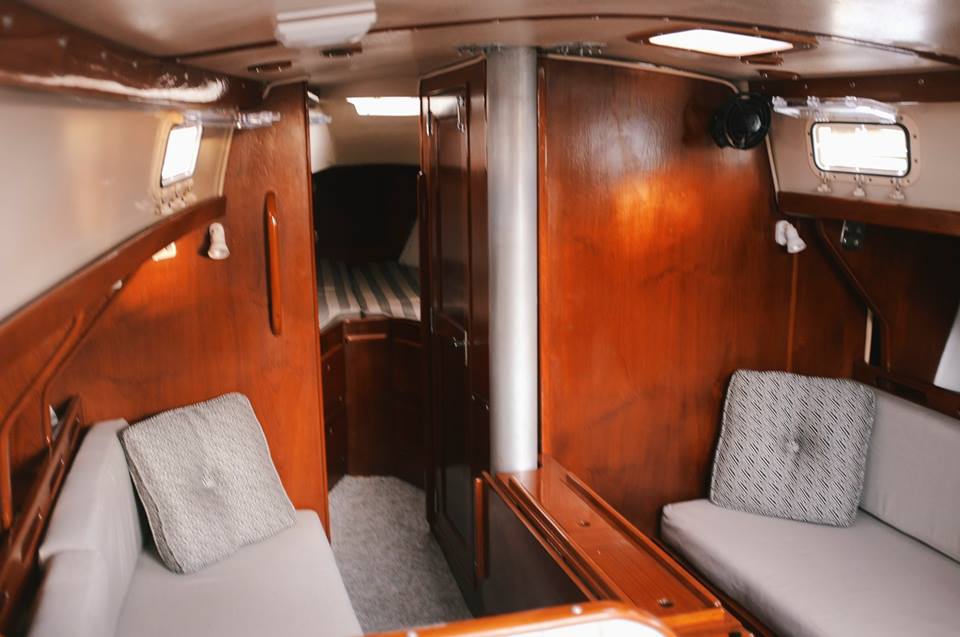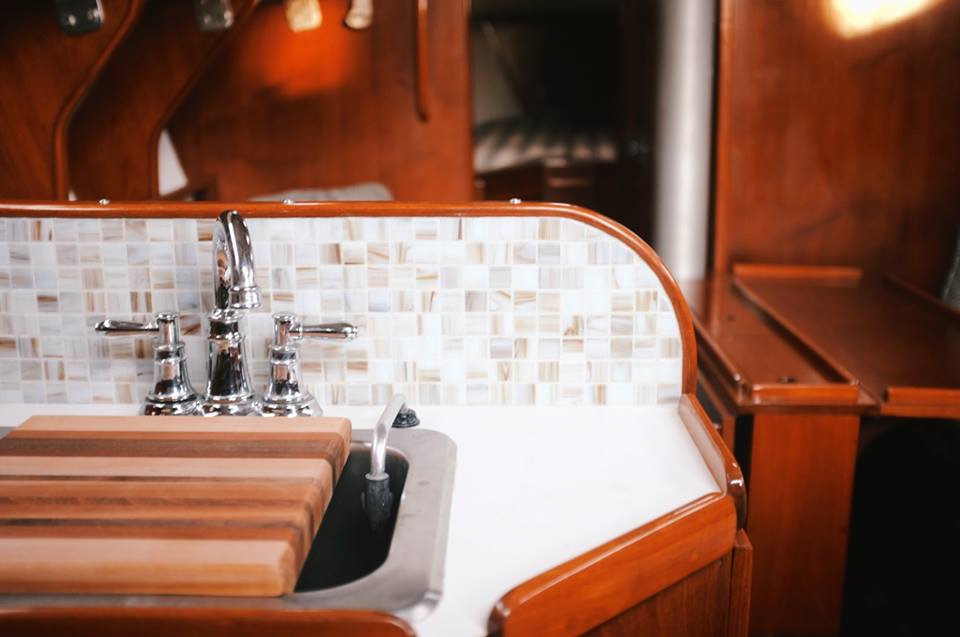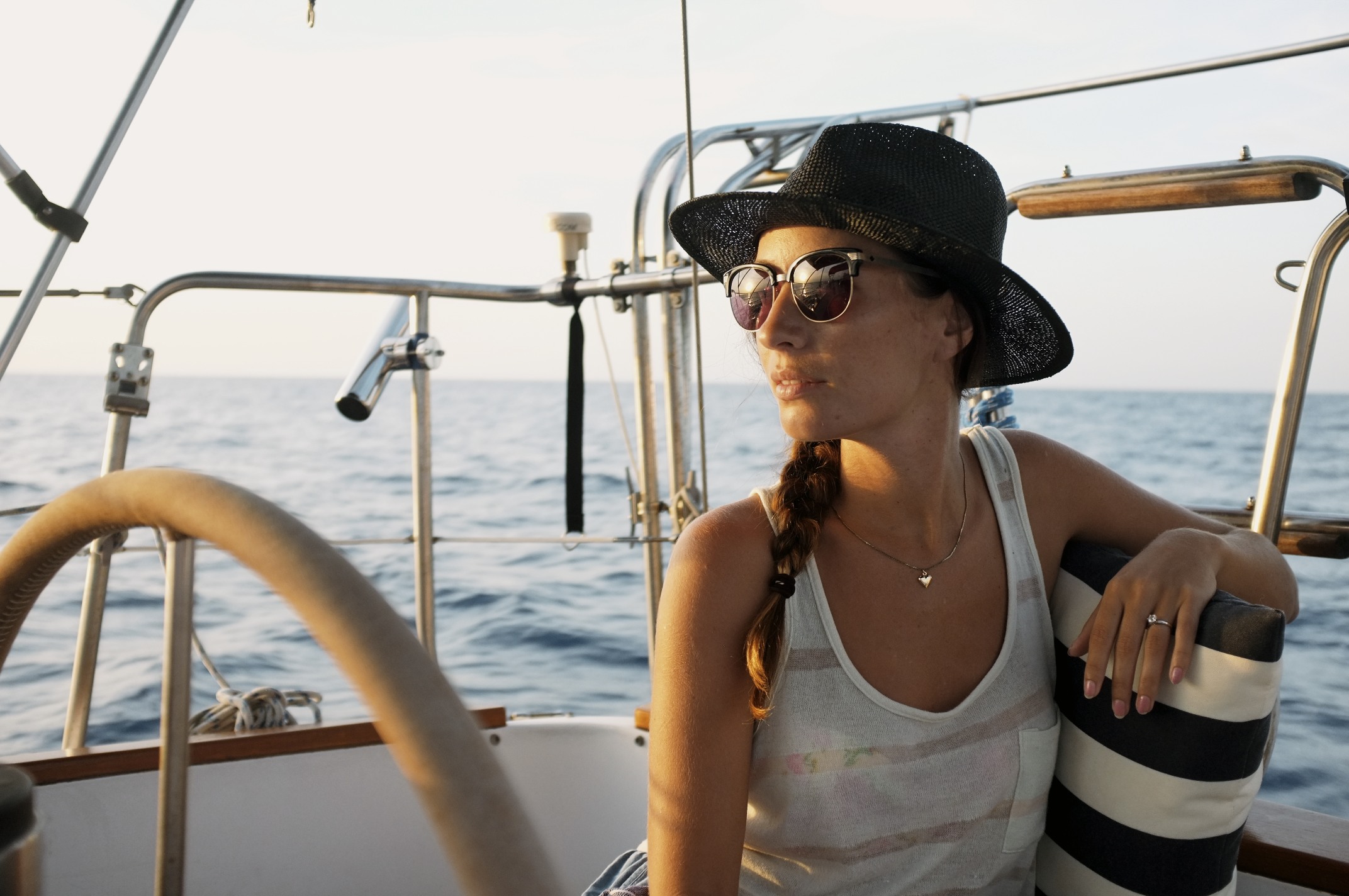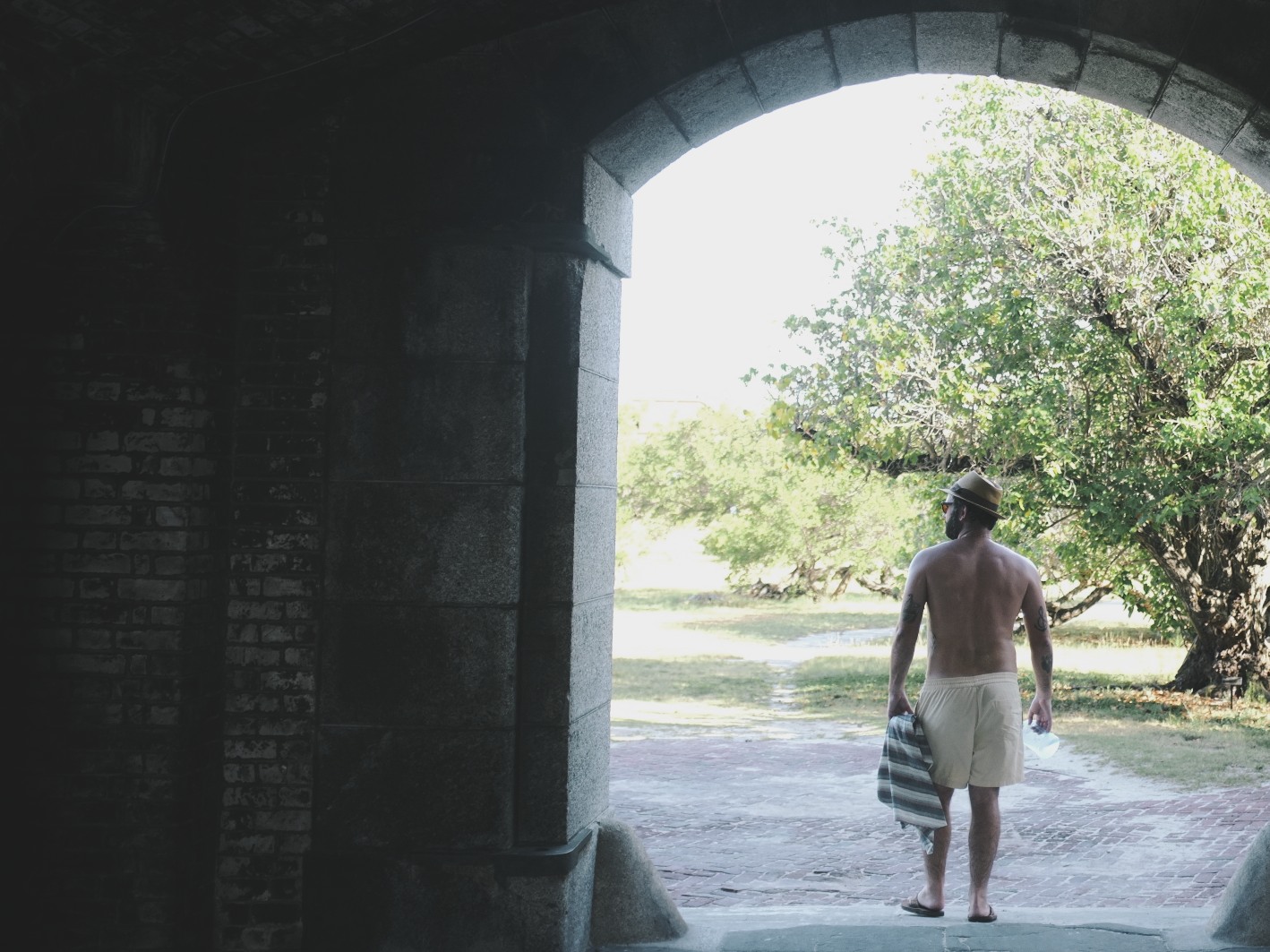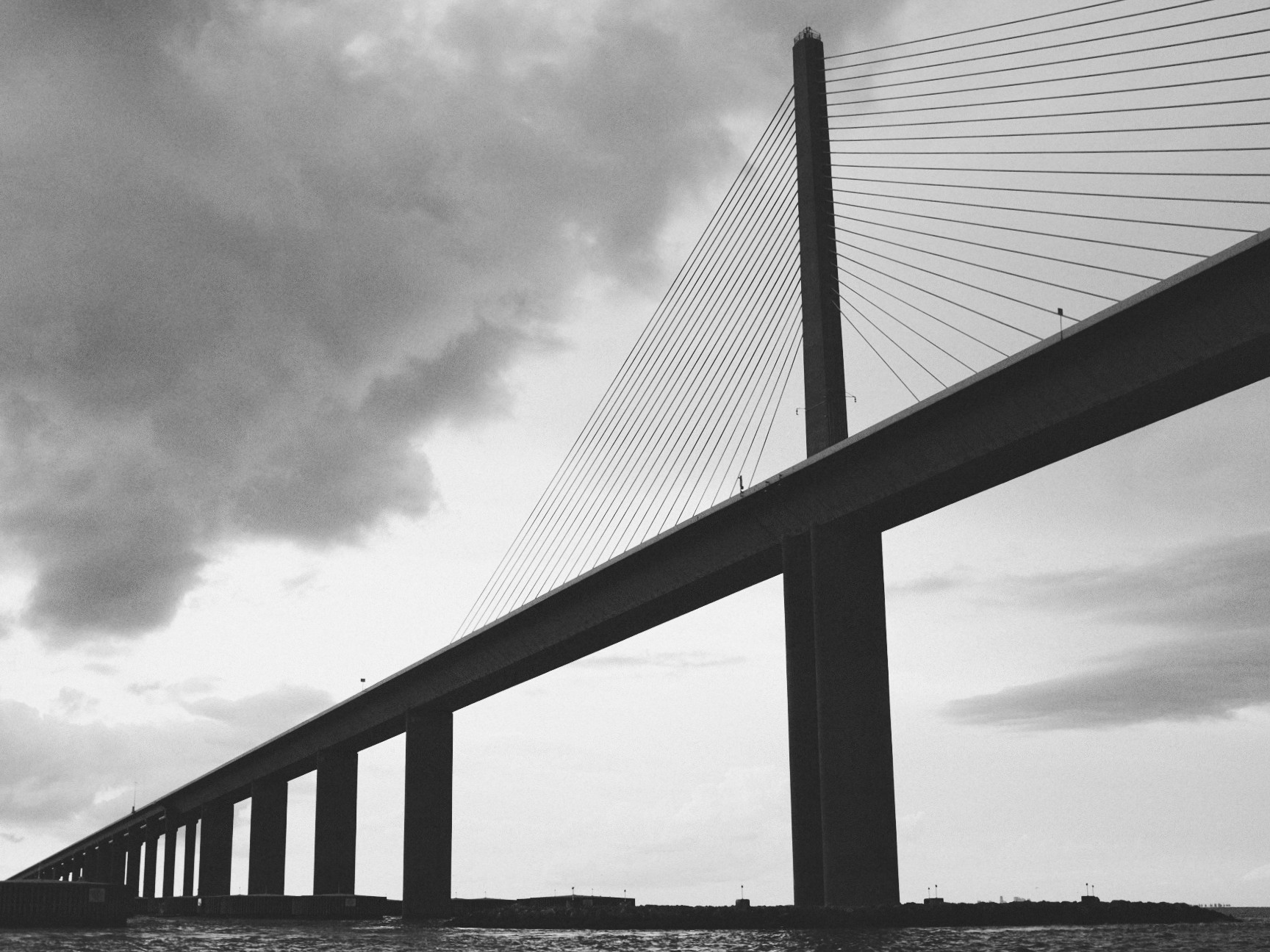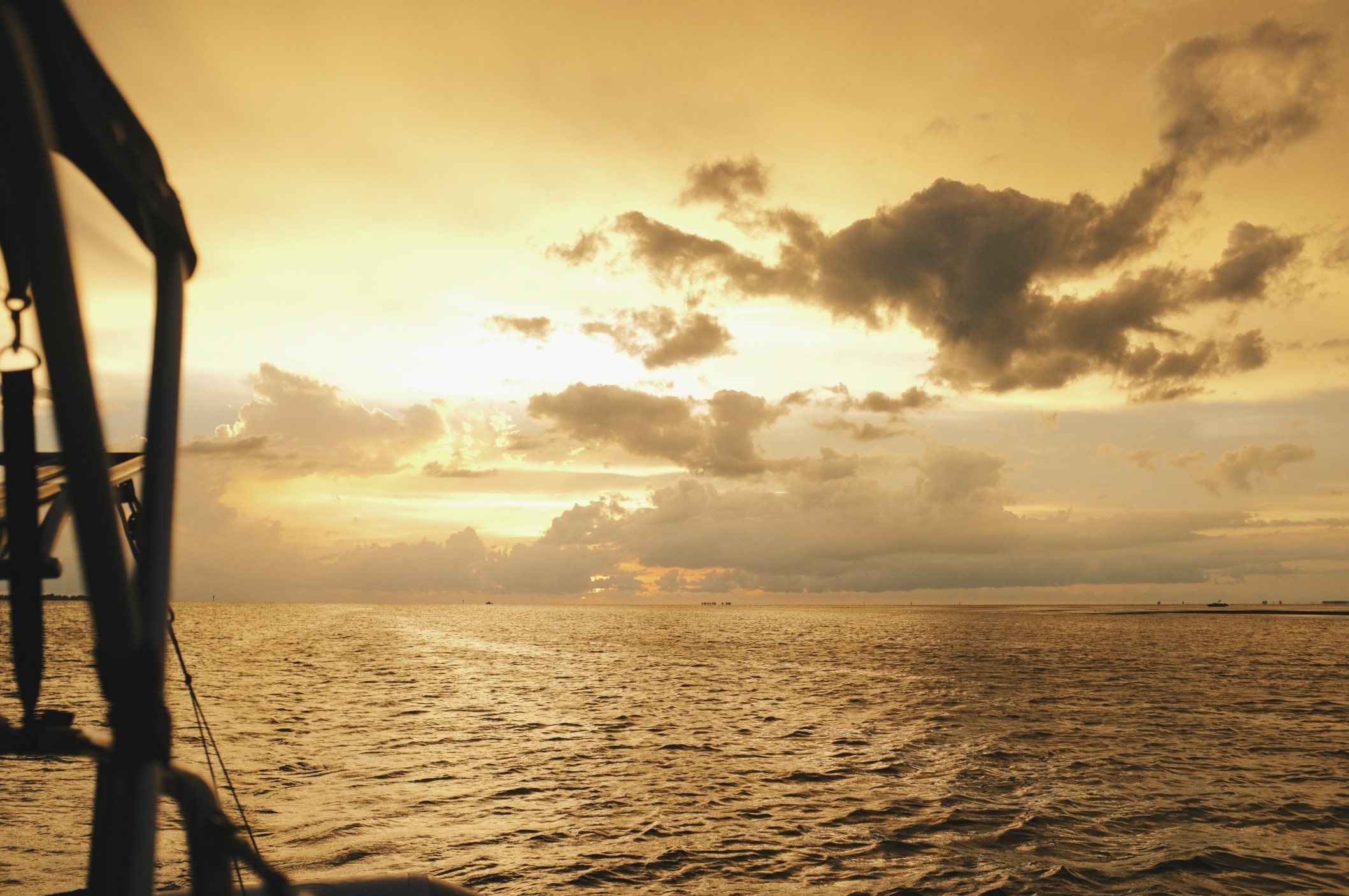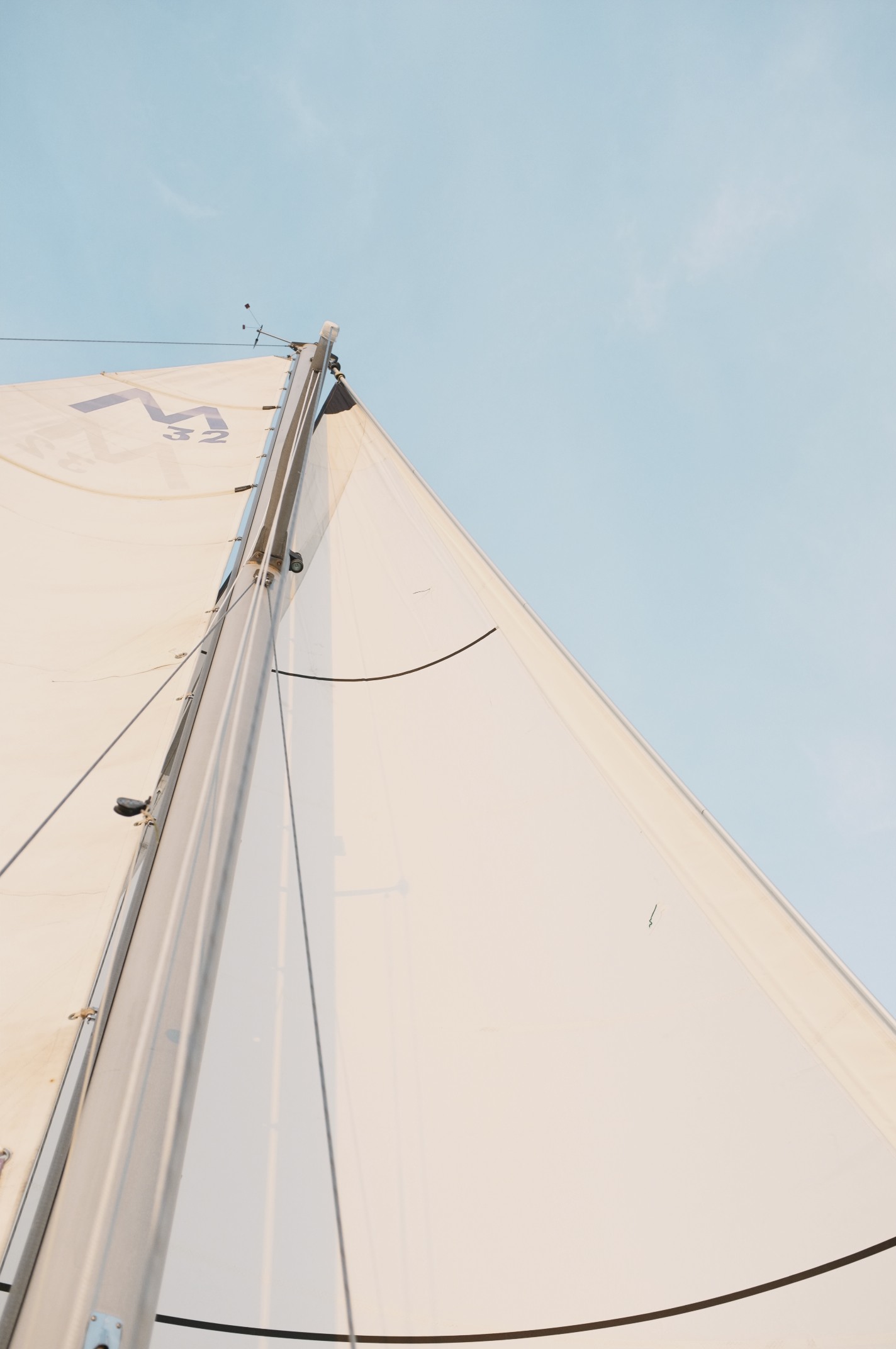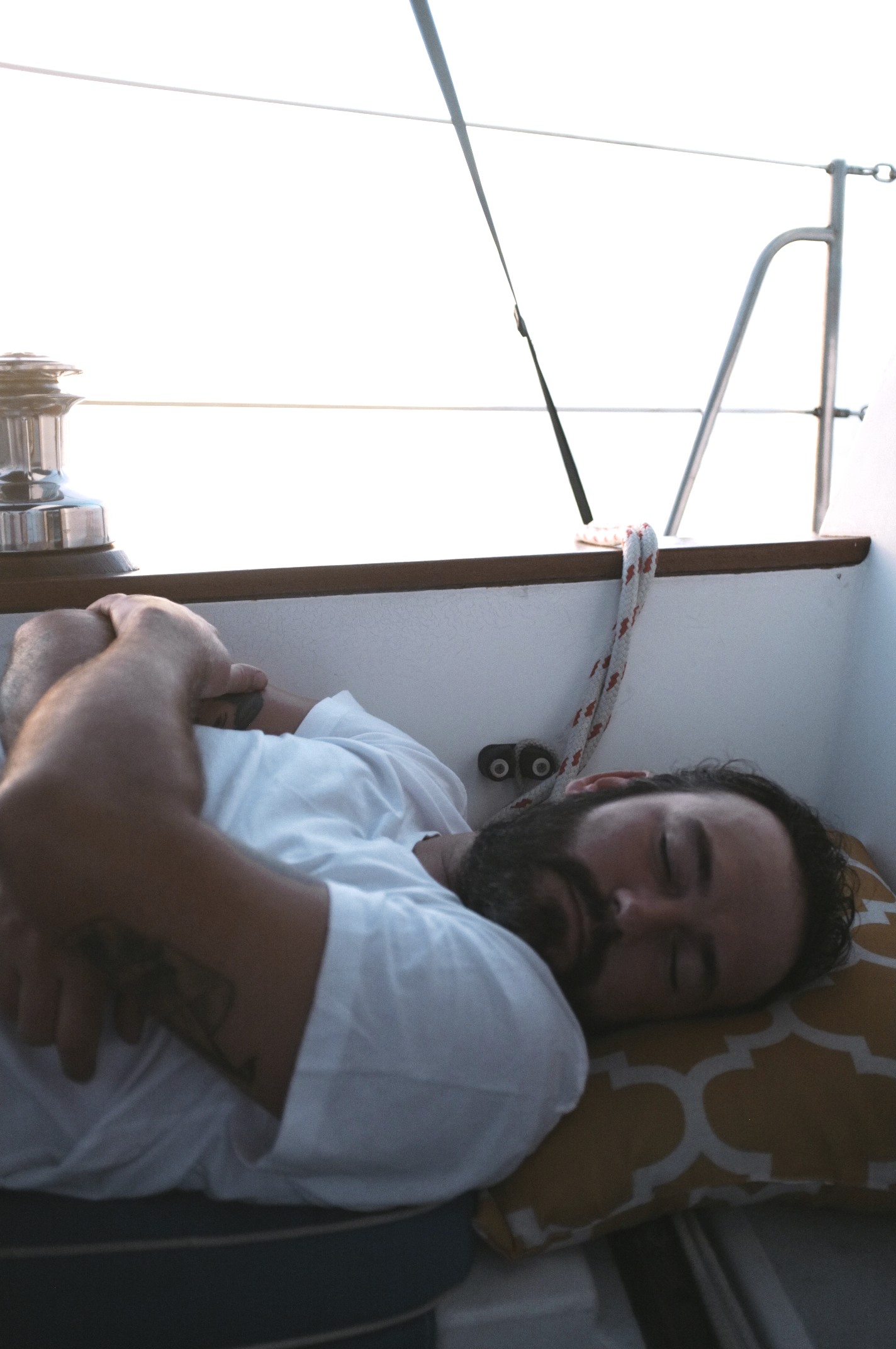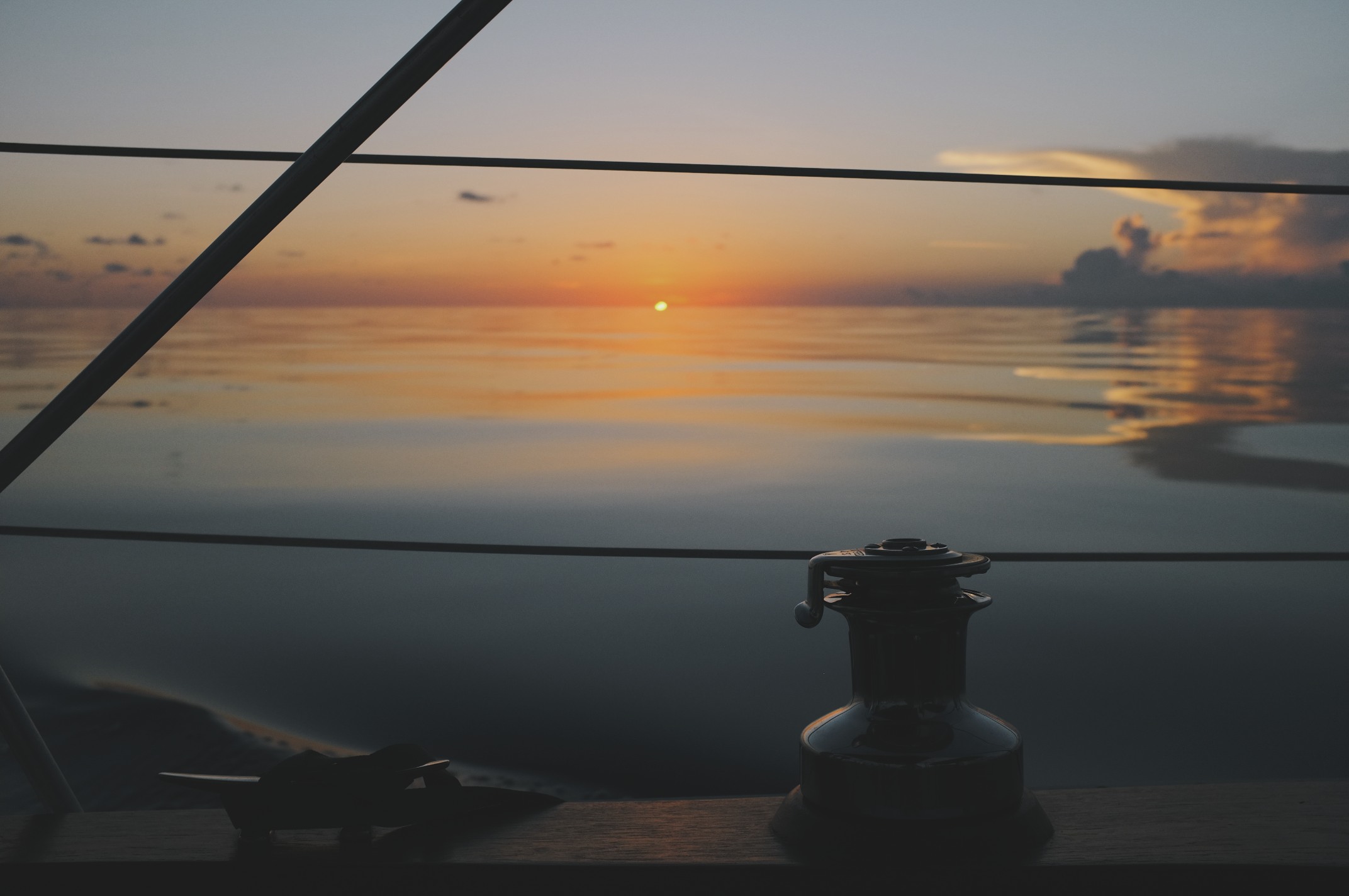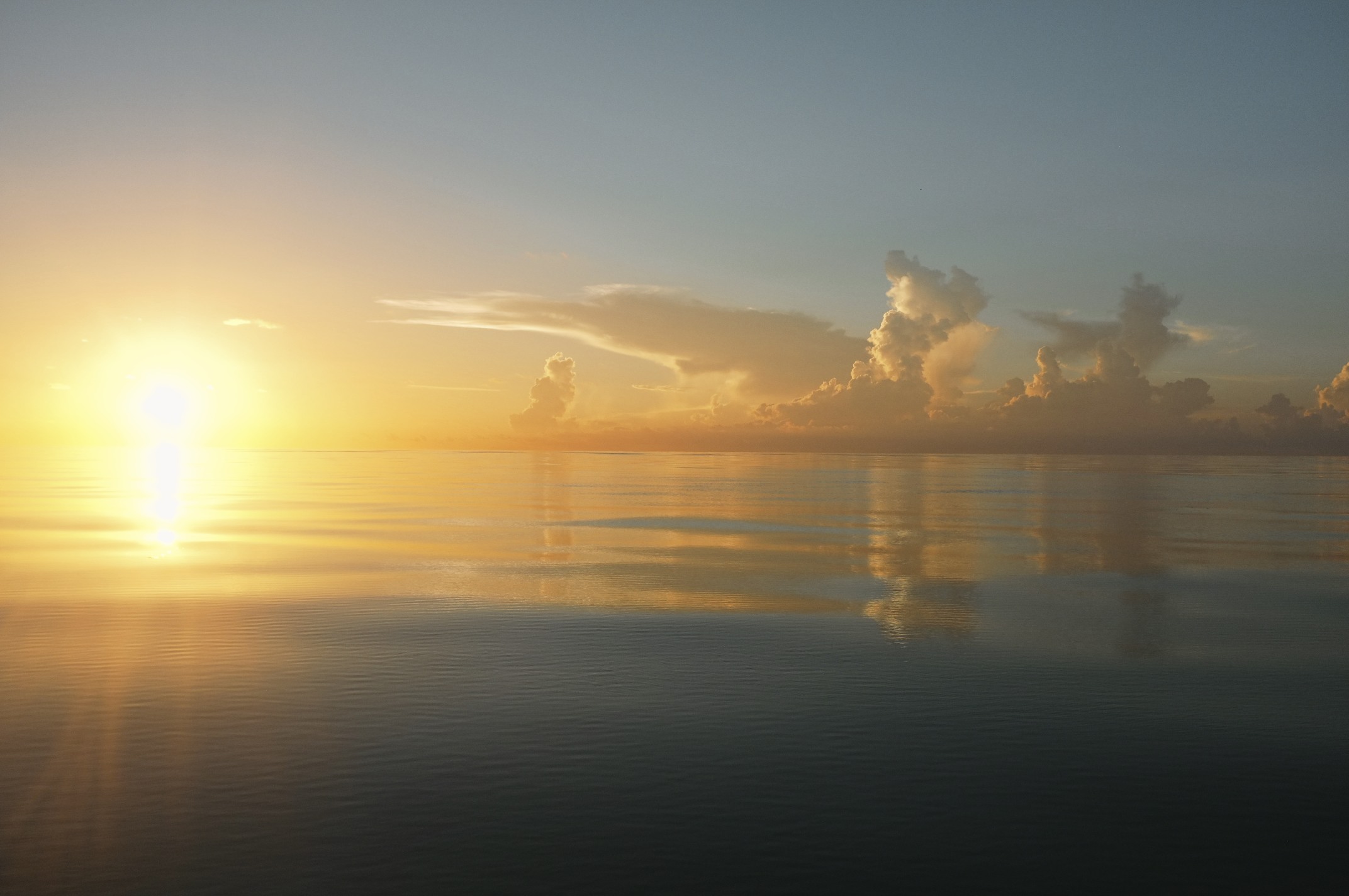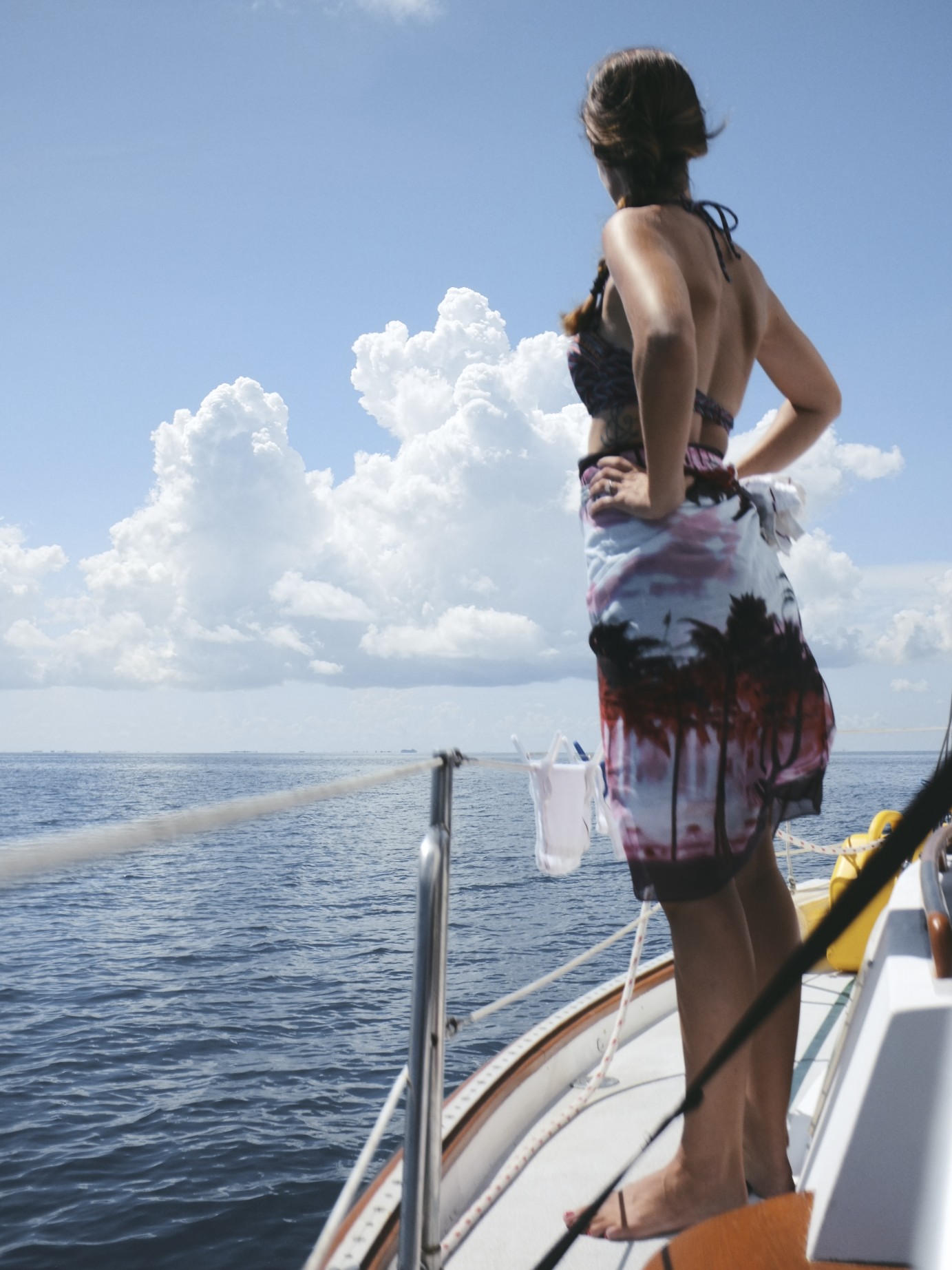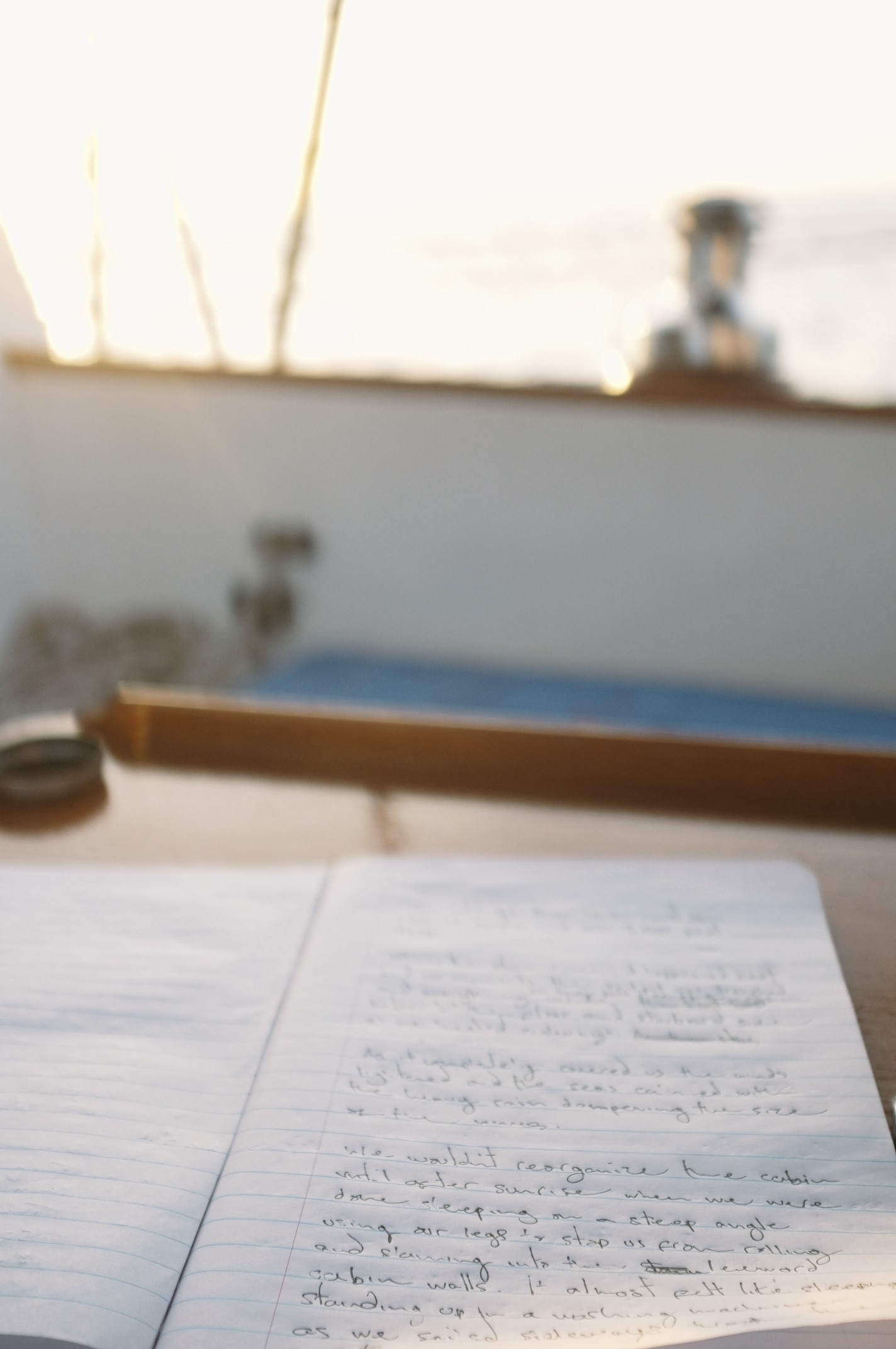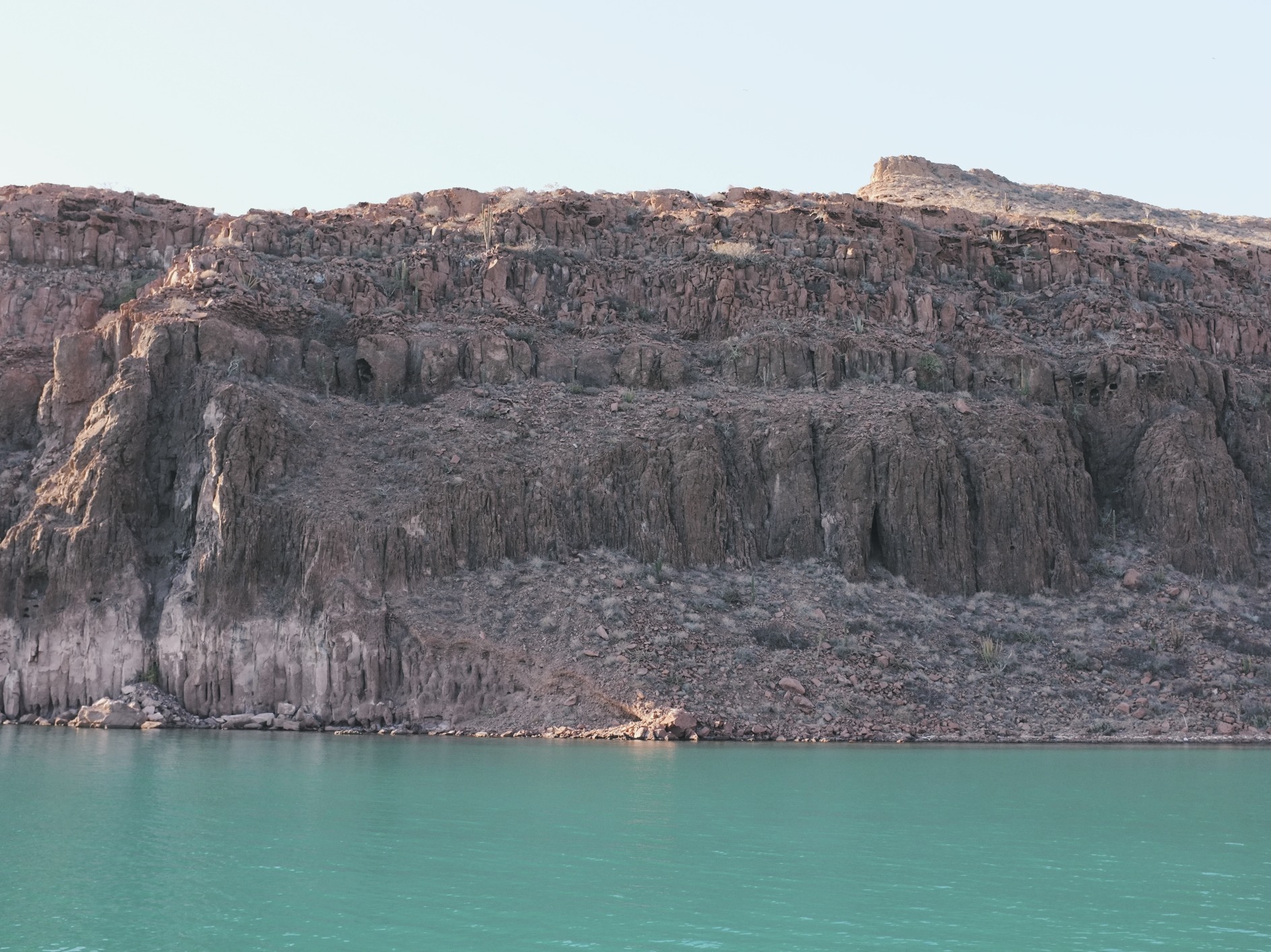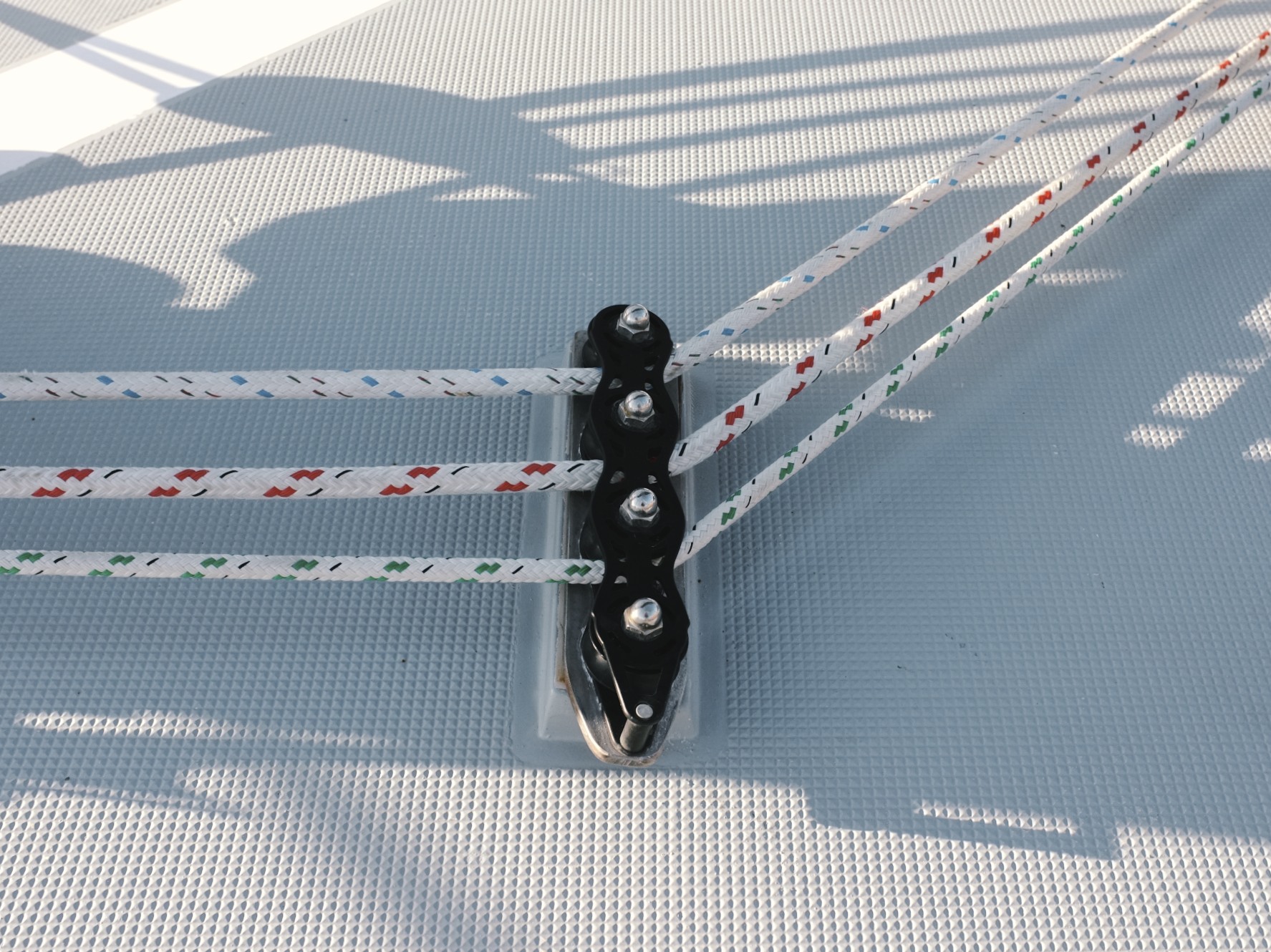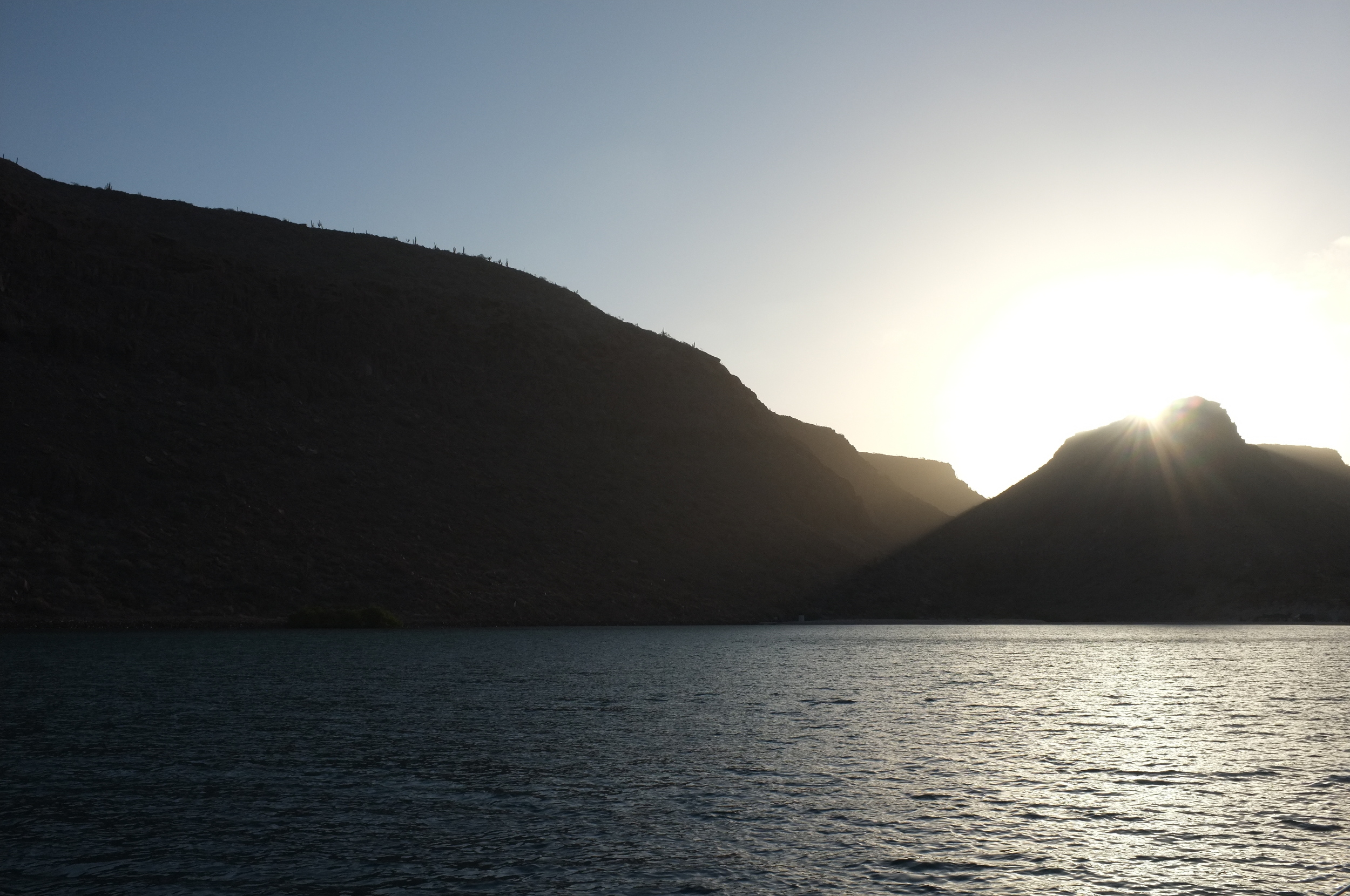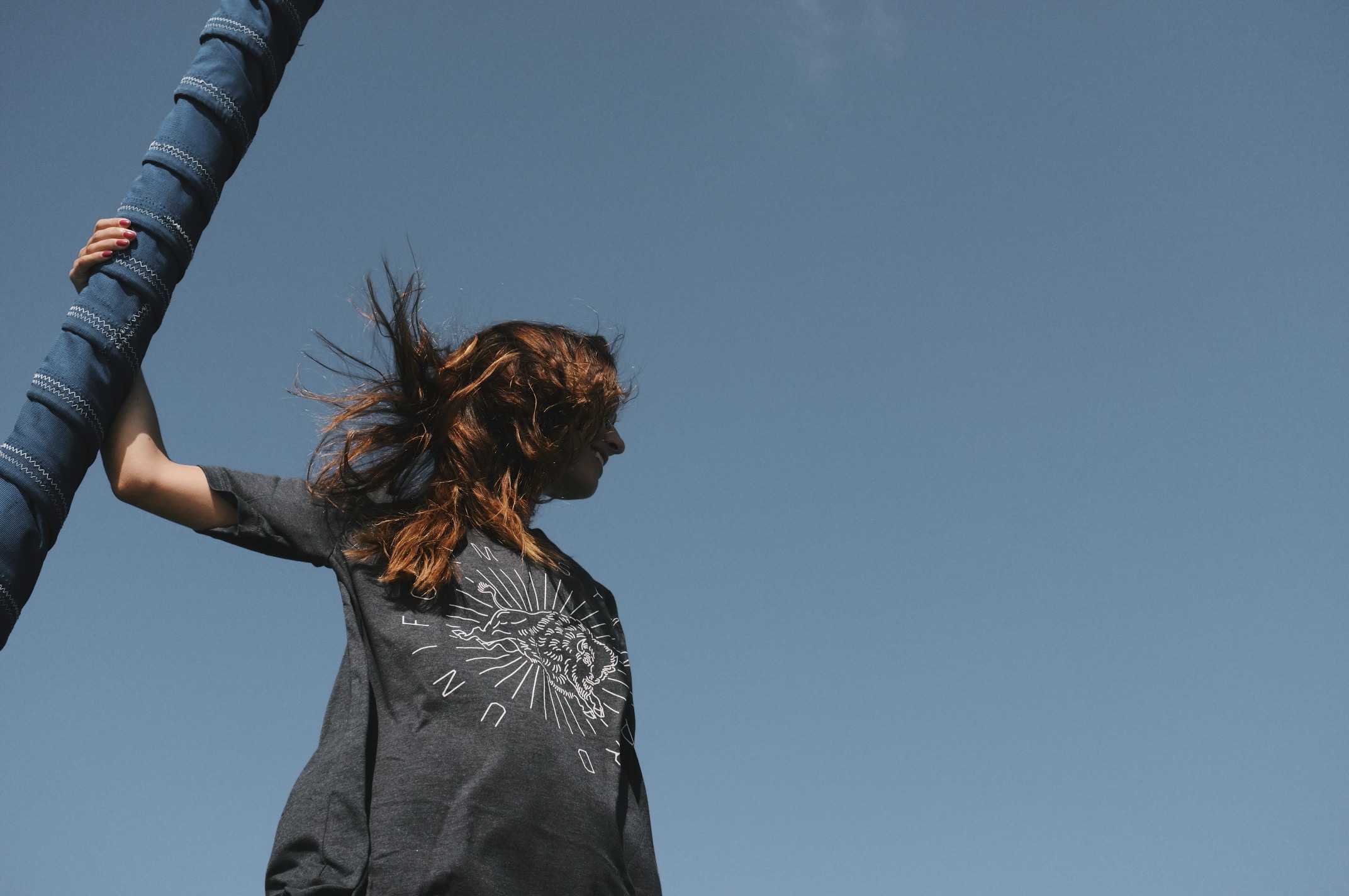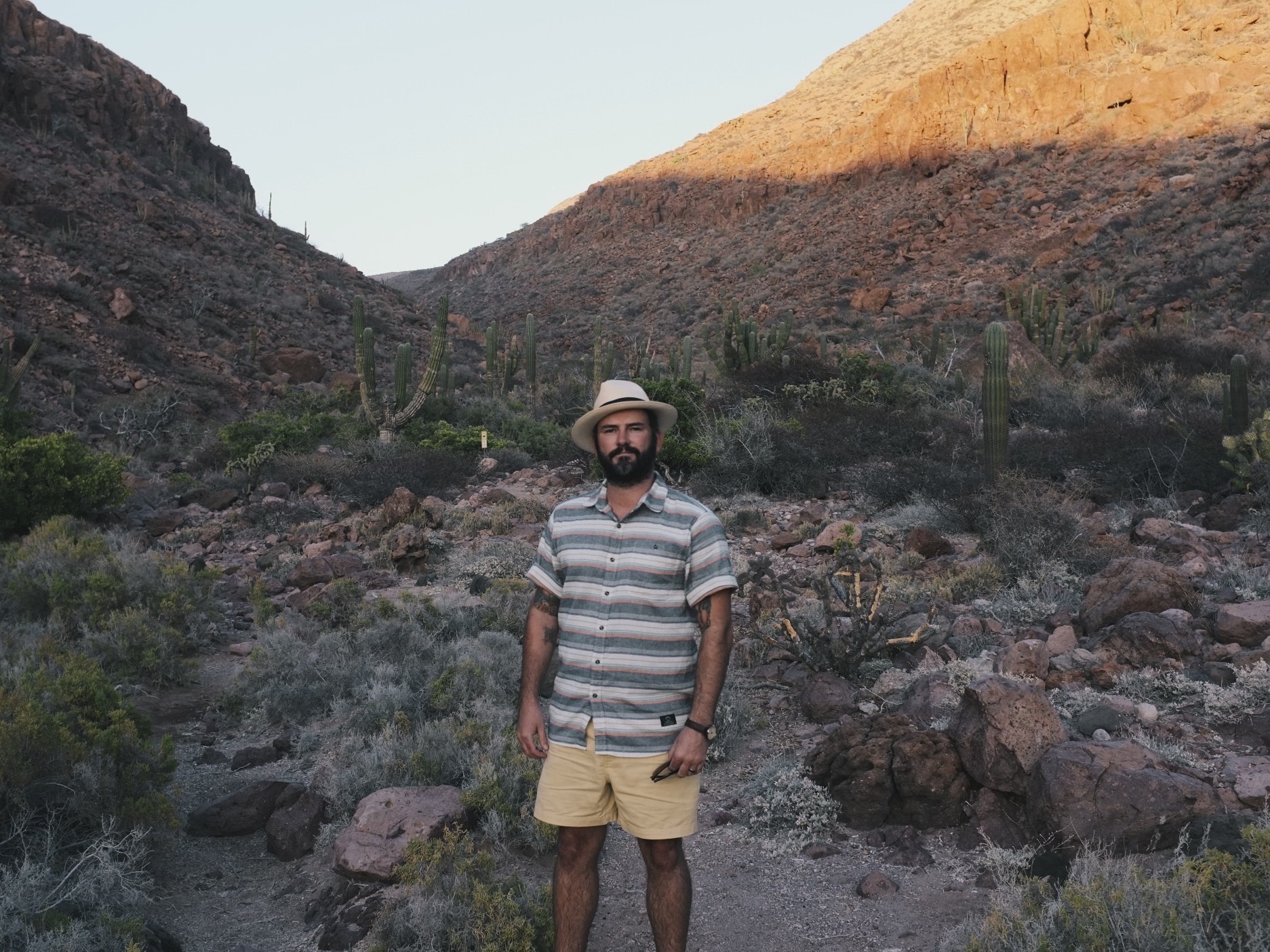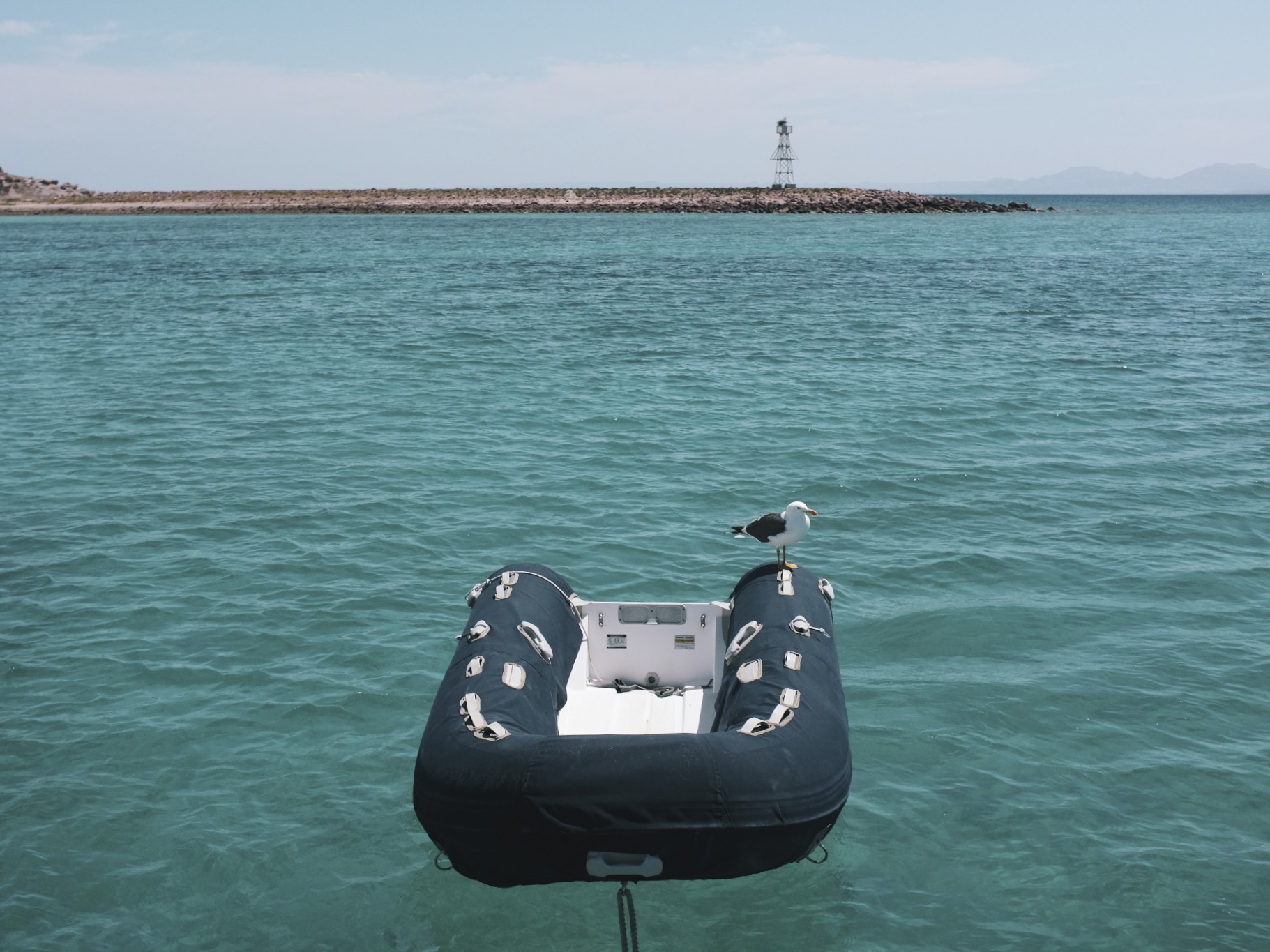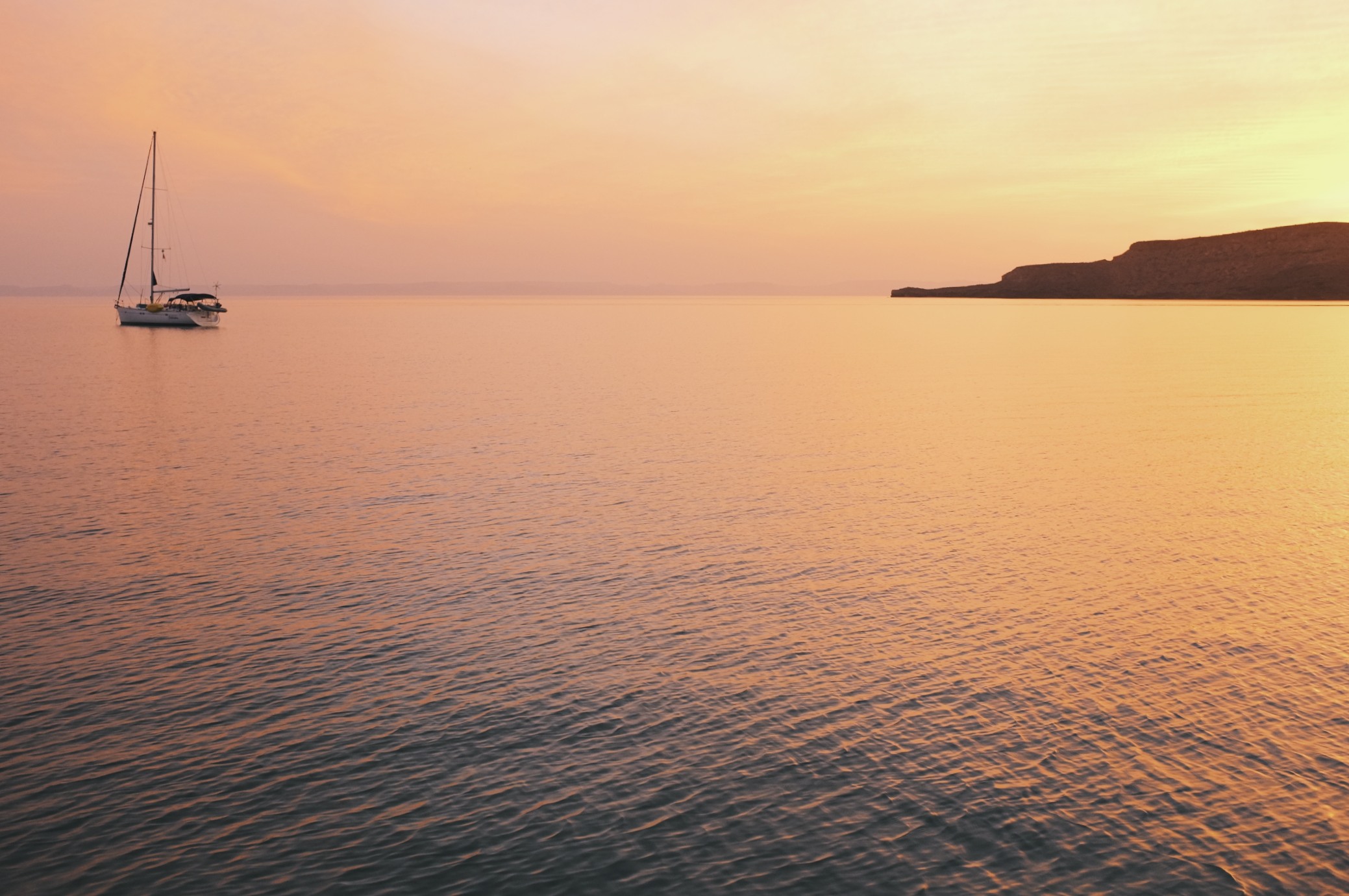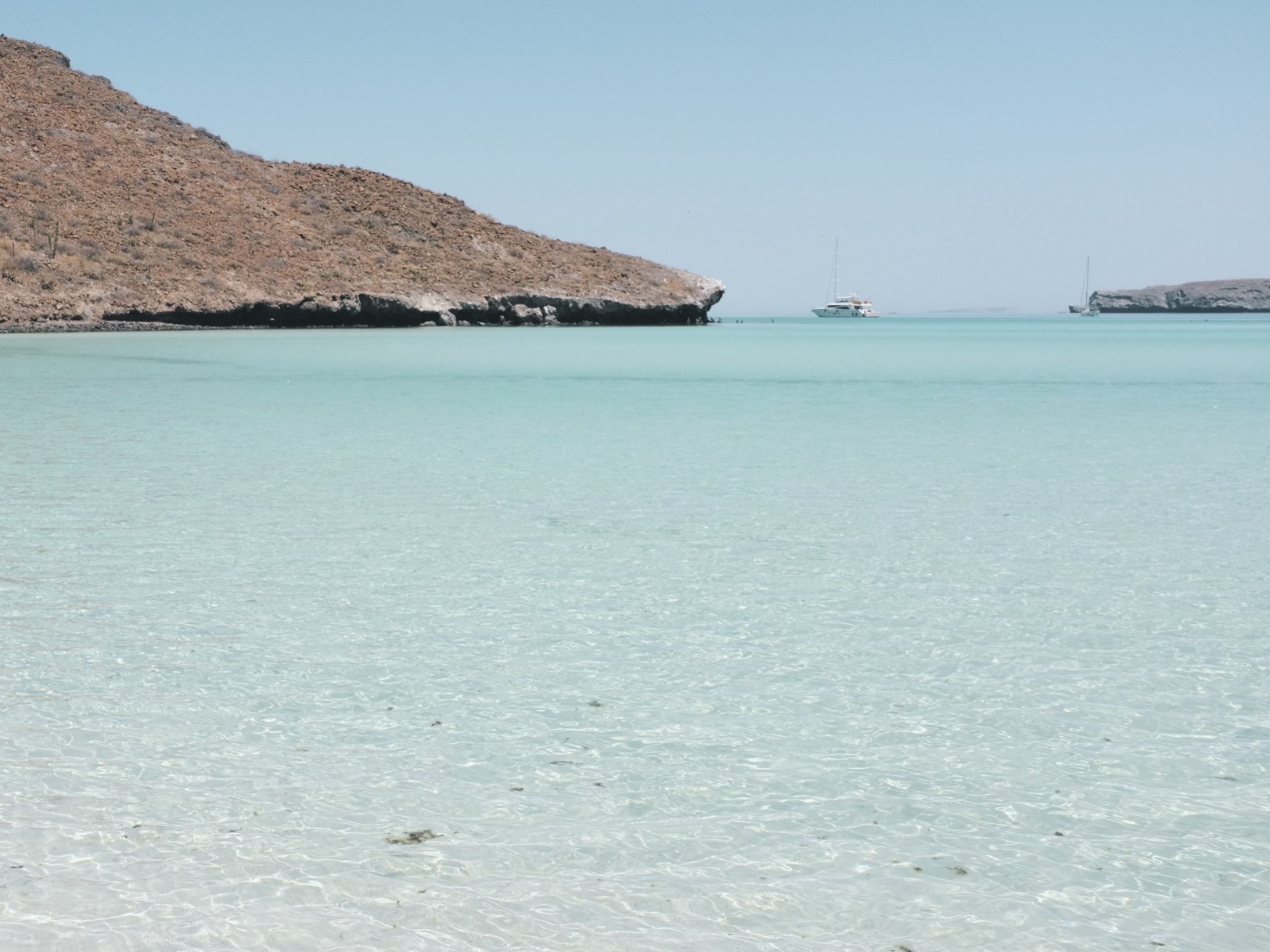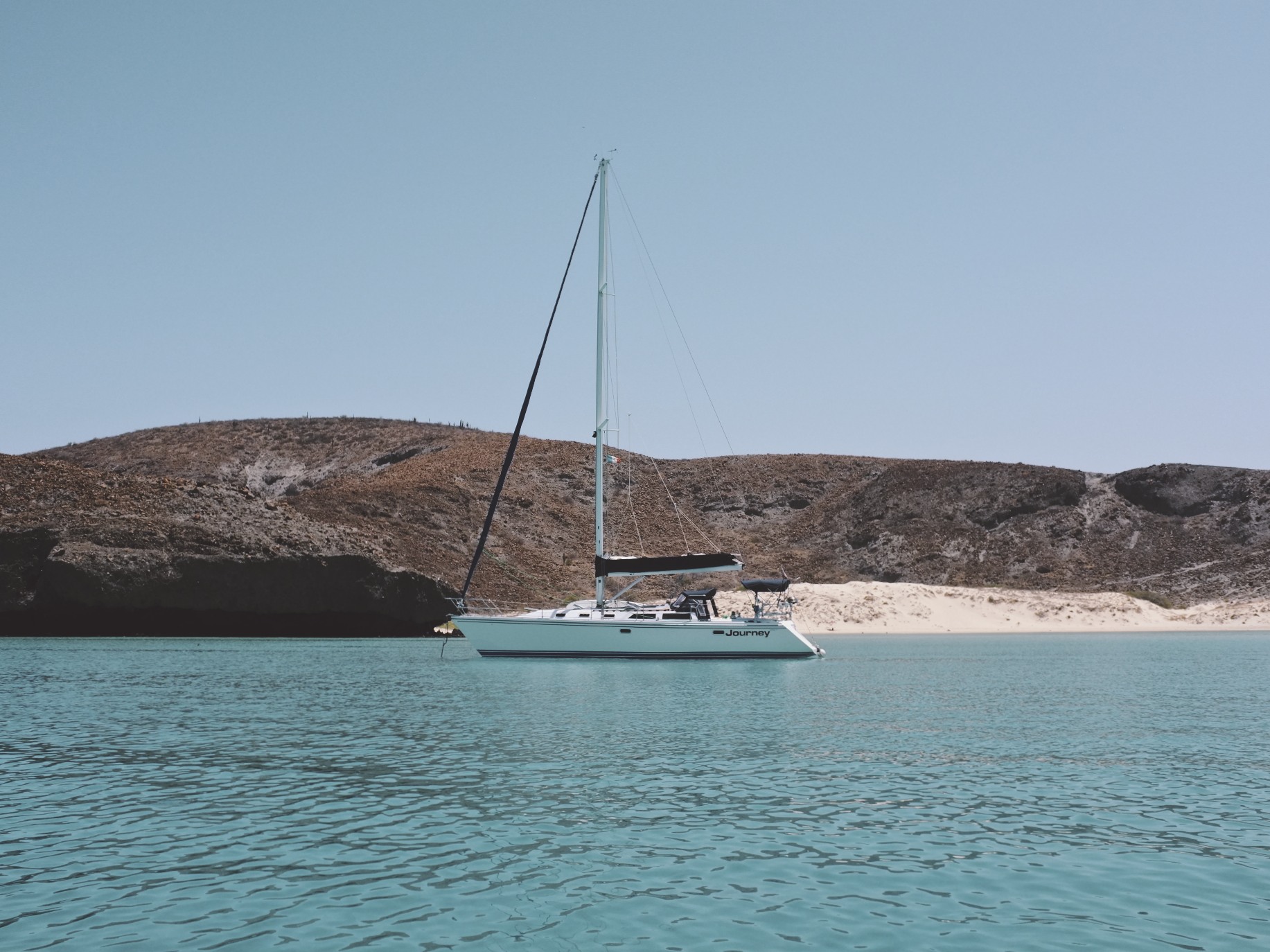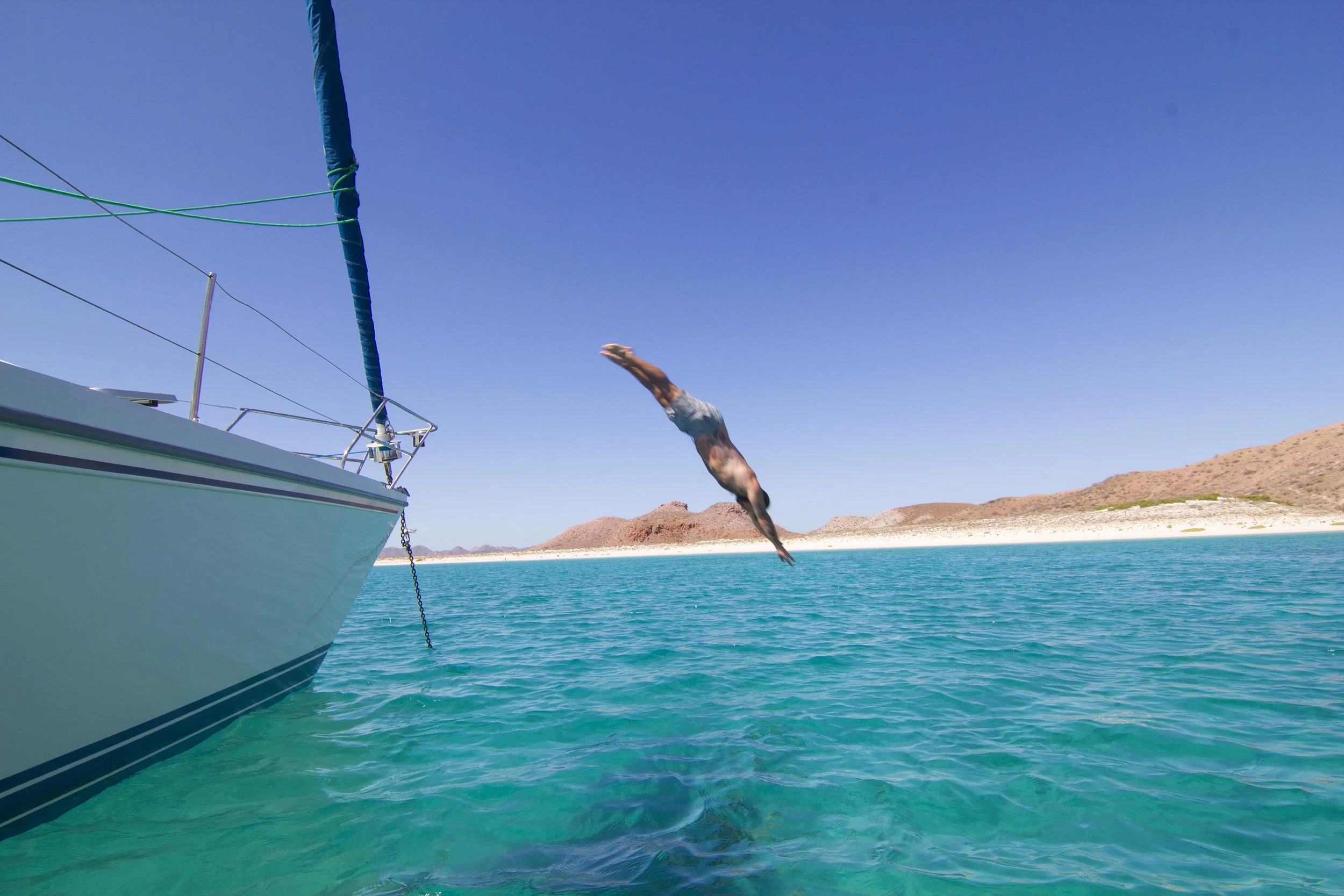The Certification
It's been a long standing goal of ours to get onto the water in a proper manner. Sure, we love days spent at the beach swimming in and around the Caribbean, but from there you’re simply visiting. You’re not really a part of it.
In certain locations you can volunteer in regattas, you can head out with friends that may have connections. Rent lasers, take courses. Plenty of opportunities in many places. Not as much where we are located in the Mayan Riviera. Limited sailboats along the coast, zero instruction to be seen and a regatta once a year around Cozumel don't exactly lend themselves to accelerating towards your dream.
So began the search for some type of accreditation. Some type of instruction where we didn't have to be away from work, home and our functioning lives for too long. Through Taru and Alex at World Tour Stories, we heard of Nautilus Sailing. A company that does live aboard courses to certify the likes of us through to ASA 101, 103 and 104. Ours was a seven day live and work adventure through the Sea of Cortez that ended in us having ASA certified signatures as captains.
True, it is hard to believe you could become a captain after only seven days at sea. But it is also true that any goal could only stand to become what you make of it. We studied ahead of time for months. Reading the required three textbooks before even stepping aboard, and even covering two or three other text books, among those a several hundred page guide solely dedicated to wind and trim.
We also worked on fundamentals, mostly on Hobie Cats at the beach next to our house. Hobies may seem like a subpar vessel selection to tourists who'd rather jet ski across your bow or be towed behind a panga while parasailing. In reality, they are great in the purest sense of fundamentals. No large boat will have the feel of wind and wave like sitting in a little Hobie 16', one foot above the blue Caribbean Sea. Trial and error on the Hobie, going home reading, going back out, was a solid foundation for us.
The course with Tim from Nautilus was something special. Before, during and even since, Tim has put up with my inquiring nature. I ask a lot of questions and may or may not write long, drawn out emails. Once we sat with Tim at Marina Palmira, meeting for the first time in person, we got along.
After a week at sea with someone, you get to know them about as well as you could. Condensed living quarters, 24 hours a day together. It's a recipe for familiarity. In the time spent with Tim, I know we are now all friends, and along with the certification, that's one of the most important things you can gain during a week like that.
After the written exams were completed, the practical skills were approved and it was time to step off Journey, the 42’ Catalina, both Katy and I actually felt a genuine sense of sadness. Not yet. We’re not ready to stop yet. It turns out that sadness might have just been Mal de Debarquement, land sickness, which stuck with us for four days, maybe five. If you have never had land sickness after being at sea for an extended period of time, basically the world becomes a washing machine for days. We’d wake up in a hotel room, sure we were rocking in high seas, only to open the blinds to a stable horizon.
Mal de Debarquement is the nauseating brother of better days at sea. When it was finally gone, we could at least temporarily put great adventure behind us and get back to reality.
What’s next? Get back to sea as soon as possible. A few days from now sounds about right.





